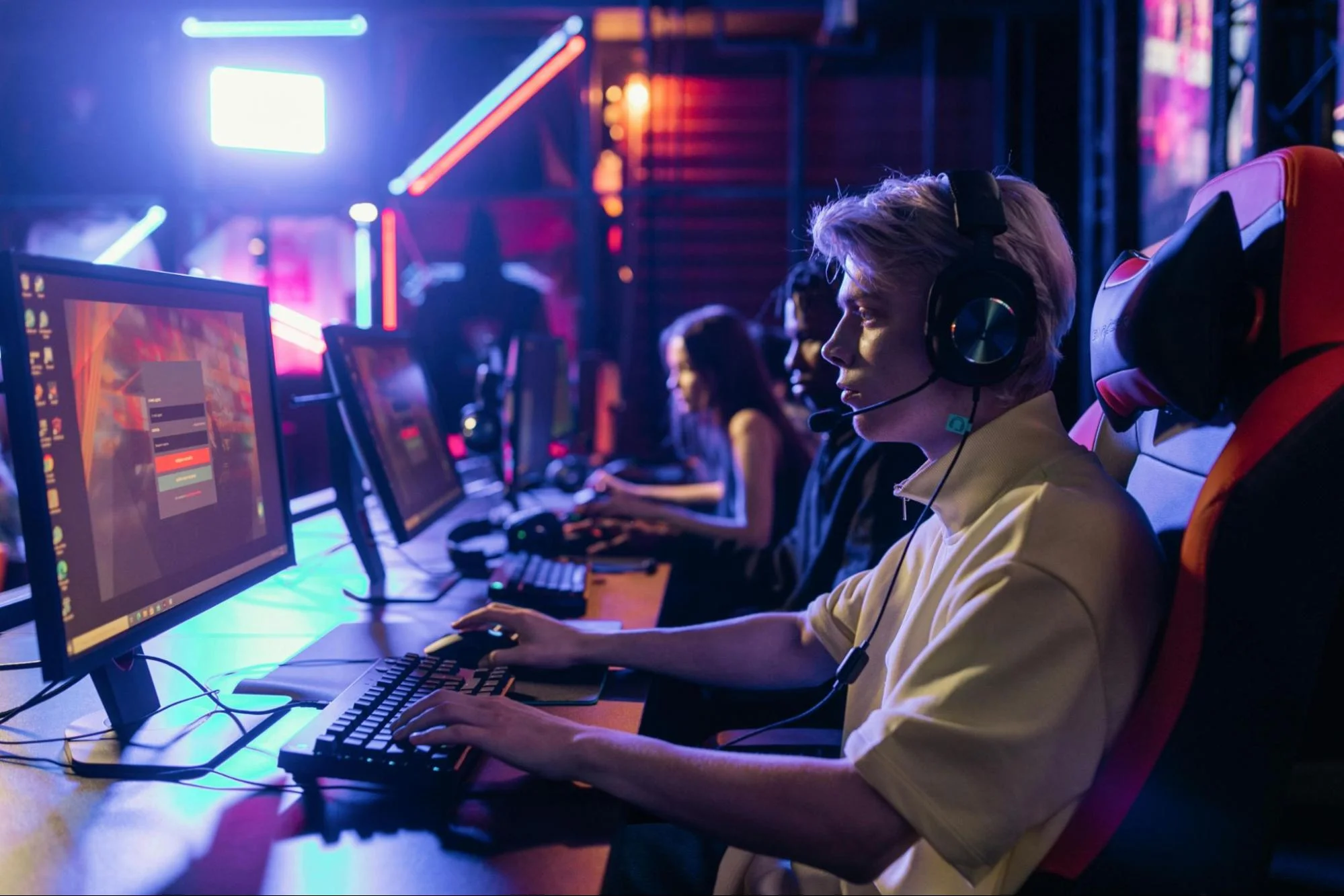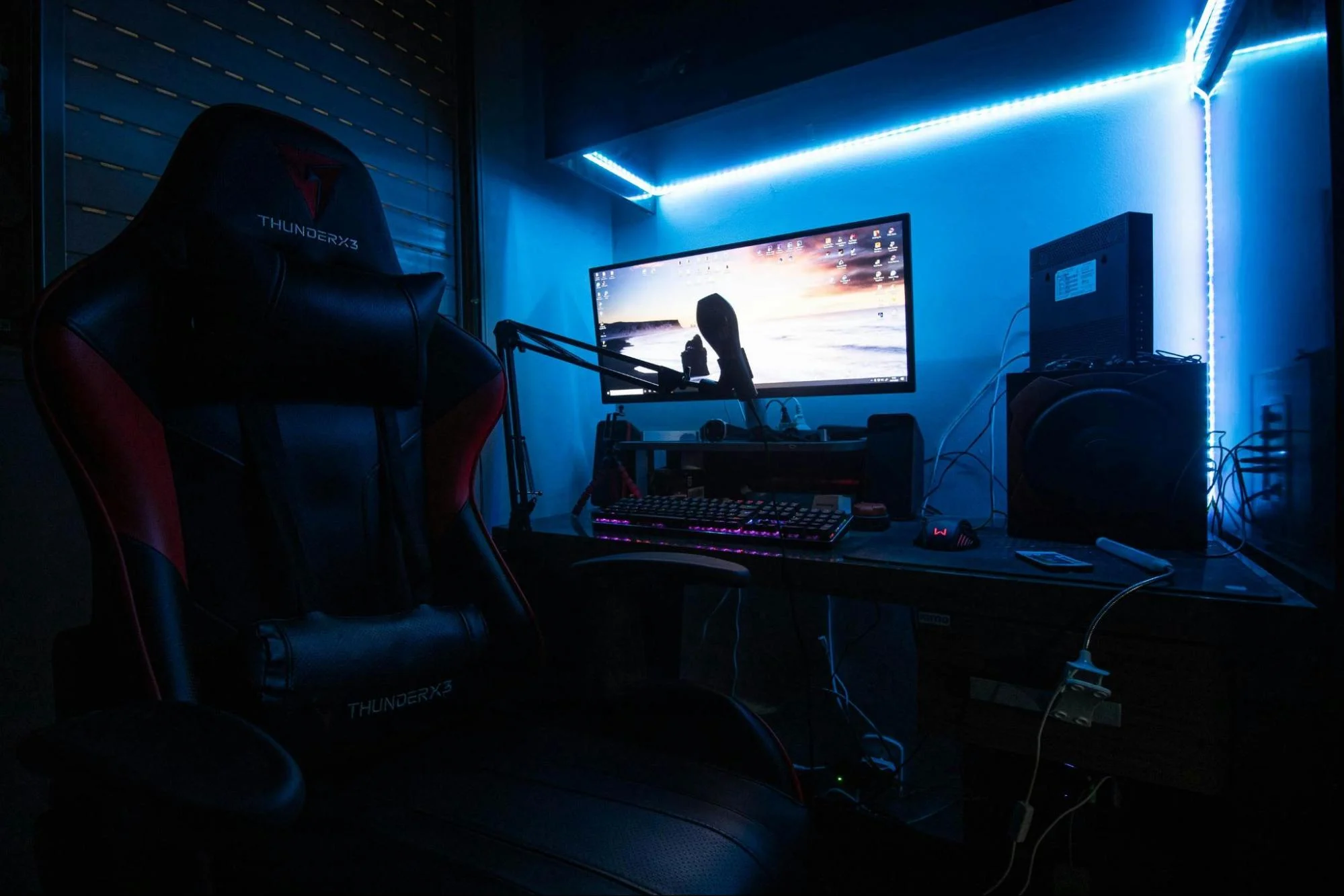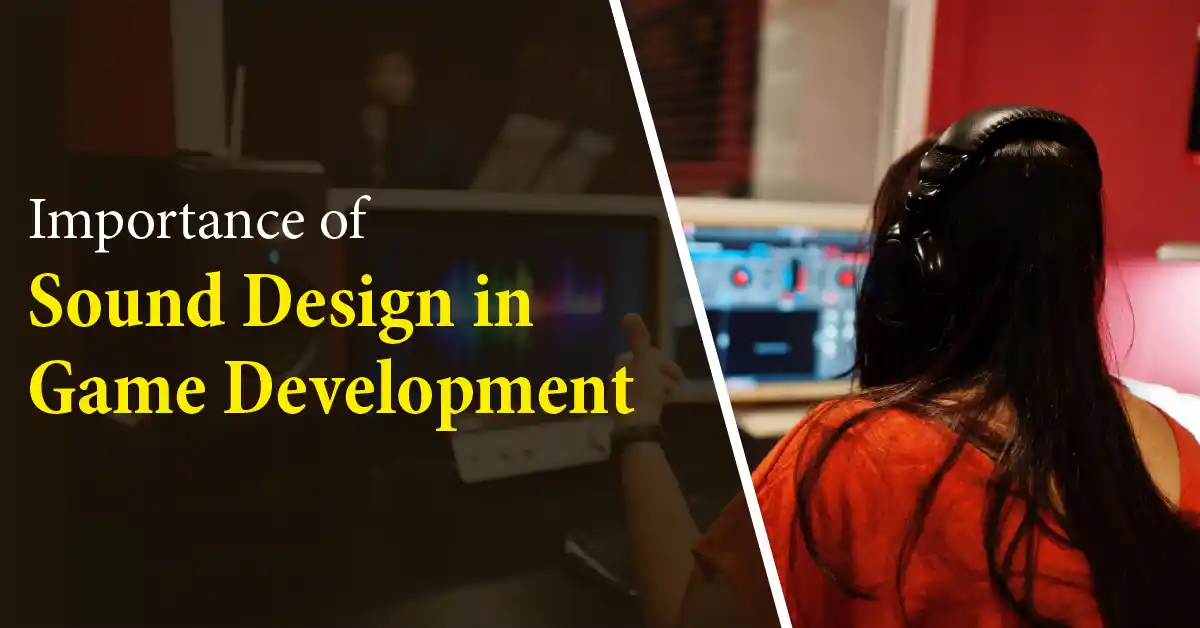
What is Sound Design?
Sound design is the art of crafting the audio experience in games. It goes beyond music, encompassing everything you hear. Footsteps in a forest, the whir of a spaceship engine, the satisfying boom of a gunshot: sound designers build immersive worlds by recording real-world sounds (Foley) or creating them digitally.
This isn’t just about aesthetics. Music heightens emotions, from triumphant victory themes to chilling horror soundscapes. Sound effects provide crucial feedback, like the “clink” of a perfect shot or an enemy’s growl. Spatial audio lets you pinpoint sounds, adding a tactical edge.
Sound software design is the secret weapon that makes games feel real, engaging, and emotionally resonant.
The Untold Hero: Why Sound Design is the Secret Weapon of Game Development

Recommended Reading: How to make money from game development: A comprehensive guide
Imagine your favorite video game. Now, close your eyes and picture yourself playing it. What do you hear? The pounding rhythm of epic boss music? The satisfying crunch of a headshot? The gentle creak of a floorboard in a haunted mansion?
Sound design in game development is the often-overlooked hero of game development that breathes life into virtual worlds and elevates the player experience. But its importance goes far beyond simple aesthetics. Let’s find out the power of sound design and explore how it shapes the way we play.
A Historical Look at Game Sound Design
Sound design in game development has come a long way from the humble “bleeps” and “bloops” of the early days. Here’s a whistle-stop tour of its fascinating evolution:
The Dawn of Sound (1970s):
- Limited Technology: Early consoles like the Atari 2600 had limited sound capabilities. Games relied on simple tones and basic sound effects generated by dedicated sound chips.
- Iconic Beginnings: Despite limitations, some sounds became iconic. Think of the “blip” of a ball bouncing in Pong or the repetitive “pew-pew” of laser fire in Space Invaders. These simple sounds established the foundation for future game audio.
The Golden Age of Chiptunes (1980s)
- Technological Advancements: The rise of 8-bit consoles like the NES and Sega Master System brought more advanced sound capabilities.
- The Birth of Chiptunes: These consoles relied on FM synthesis, creating the distinct “chiptunes” that became synonymous with the era. Think of the catchy theme of Super Mario Bros. or the driving soundtrack of Mega Man.
- Emotional Storytelling: Composers pushed the boundaries, using chiptunes to evoke emotions. The melancholic soundtrack of Metroid, for instance, created a unique atmosphere.
The Rise of Digital Audio (1990s)
- CD Revolution: The introduction of CD-based consoles like the Sony PlayStation marked a turning point. Games could now feature high-quality, pre-recorded music and sound effects.
- Orchestral Scores: Cinematic orchestral scores became the norm, immersing players in epic adventures. Think of the sweeping score of Final Fantasy VII or the iconic music of The Legend of Zelda: Ocarina of Time.
- Voice Acting Comes of Age: The CD format allowed for high-quality voice acting, adding a new layer of storytelling to games. Characters came alive with distinct voices, deepening player connection.
Recommended Reading: Stages of game development: All you need to know
The Modern Era: Immersive Audio and Beyond (2000s-Present)
- Surround Sound and Spatial Audio: Surround sound, which brought realistic effects, and, more recently, spatial audio technologies create incredibly immersive soundscapes. Players can pinpoint the location of sounds, adding a layer of realism and tactical advantage.
- Dynamic Music: Music that adapts to gameplay situations has become commonplace. The intensity of the music might rise during a boss battle, for instance, heightening tension.
- Advanced Sound Design Techniques: Sound designers use sophisticated techniques like Foley art (recording real-world sounds) and advanced audio manipulation to create incredibly realistic and impactful experiences.
Crafting Immersion: A World of Sound

A well-crafted soundscape is the cornerstone of immersion. The sound engineers have to focus on the essential techniques for creating state-of-the-art audio experiences.
The key elements are:
1. Ambiance: The background sounds set the scene and enhance understanding. Sound engineers incorporate this factor to ensure an immersive experience.
2. Foley Sounds: Named after sound effects artist Jack Foley, the Foley Sounds refers to customized sounds that are recorded live instead and not taken from a sound effects library. In other words, the Foley sound, created in post-production, is everyday sounds that bring realism to a scene.
3. Audio Effects: Manipulations that enhance or alter sound elements.
4. Voice Over: Narration or spoken commentary accompanying visual content.
5. Emotional Storytelling: The Power of Music
Music in video games sets the mood, steering emotions and establishing the tone of the story.
Music is an emotional powerhouse in game development. For instance, a soaring orchestral score can elevate a triumphant victory, while a melancholic piano piece can tug at your heartstrings during a poignant moment.
Think of the iconic opening theme of “The Legend of Zelda,” instantly transporting you to the world of Hyrule, or the heart-pounding intensity of the Halo theme that puts you right in the middle of an intergalactic war.
Sometimes, music doesn’t just set the tone; it tells a story without words, forging a deeper connection between players and the game’s narrative.
Sharpening Gameplay: The Language of Sound

Sound design isn’t just about creating atmosphere; it’s also a vital tool for clear communication within the game itself.
Well-designed sound effects provide crucial feedback to players, informing their actions and reactions. The satisfying “clink” of a perfect shot in a first-person shooter or the unmistakable growl of an approaching enemy in a stealth game – these sounds become a language that players learn to interpret, giving them the information they need to make strategic decisions and navigate the game world effectively.
Spatial audio is virtual surround sound that adds another layer of complexity, allowing players to pinpoint the location of sounds in the environment. The direction of gunfire, the footsteps of a hidden enemy, the approaching roar of a monster – these cues provide valuable tactical advantages and heighten the sense of realism.
Sound design can also be used to subtly guide players. These subtle audio nudges can enhance the gameplay experience without feeling intrusive.
The Art and Science: Creating Compelling Audio
The magic of sound design lies in the intricate dance between art and science. Sound designers are skilled artists who can create unique and immersive soundscapes. They employ a variety of techniques, from recording real-world sounds (Foley) to synthesizing entirely new ones. They understand how to layer and manipulate sound to create the desired effect, build tension, convey emotions, and guide players through the game.
But sound design is also a science. It requires an understanding of acoustics, how sound travels in different environments, and how it interacts with the human ear. This knowledge allows sound designers to create believable and realistic soundscapes that complement the visuals and enhance the overall experience.
The Unsung Hero: Recognizing the Power of Sound
While graphics often take center stage, sound design is the silent partner, shaping our experience in profound ways. It’s the element that draws us into a world, tells a story without words, and provides the vital feedback we need to navigate and conquer the challenges within the game. The next time you lose yourself in a virtual world, take a moment to appreciate the symphony of sounds that surrounds you. It’s a testament to the power of sound design, the unsung hero of the game development community.
Conclusion
From the humble “blips” of the Atari era to the immersive soundscapes of today, sound design has undergone a remarkable transformation. It’s no longer just background noise; it’s a vital storytelling tool that shapes our emotions, guides our actions, and deepens our connection to the game world.
So, the next time you boot up your favorite game, take a moment to appreciate the symphony of sounds that surrounds you. It’s a testament to the artistry and technical brilliance of sound designers, the unsung heroes who make games truly come alive.
Moonpreneur is on a mission to disrupt traditional education and future-proof the next generation with holistic learning solutions. Its Innovator Program is building tomorrow’s workforce by training students in AI/ML, Robotics, Coding, IoT, and Apps, enabling entrepreneurship through experiential learning.

























